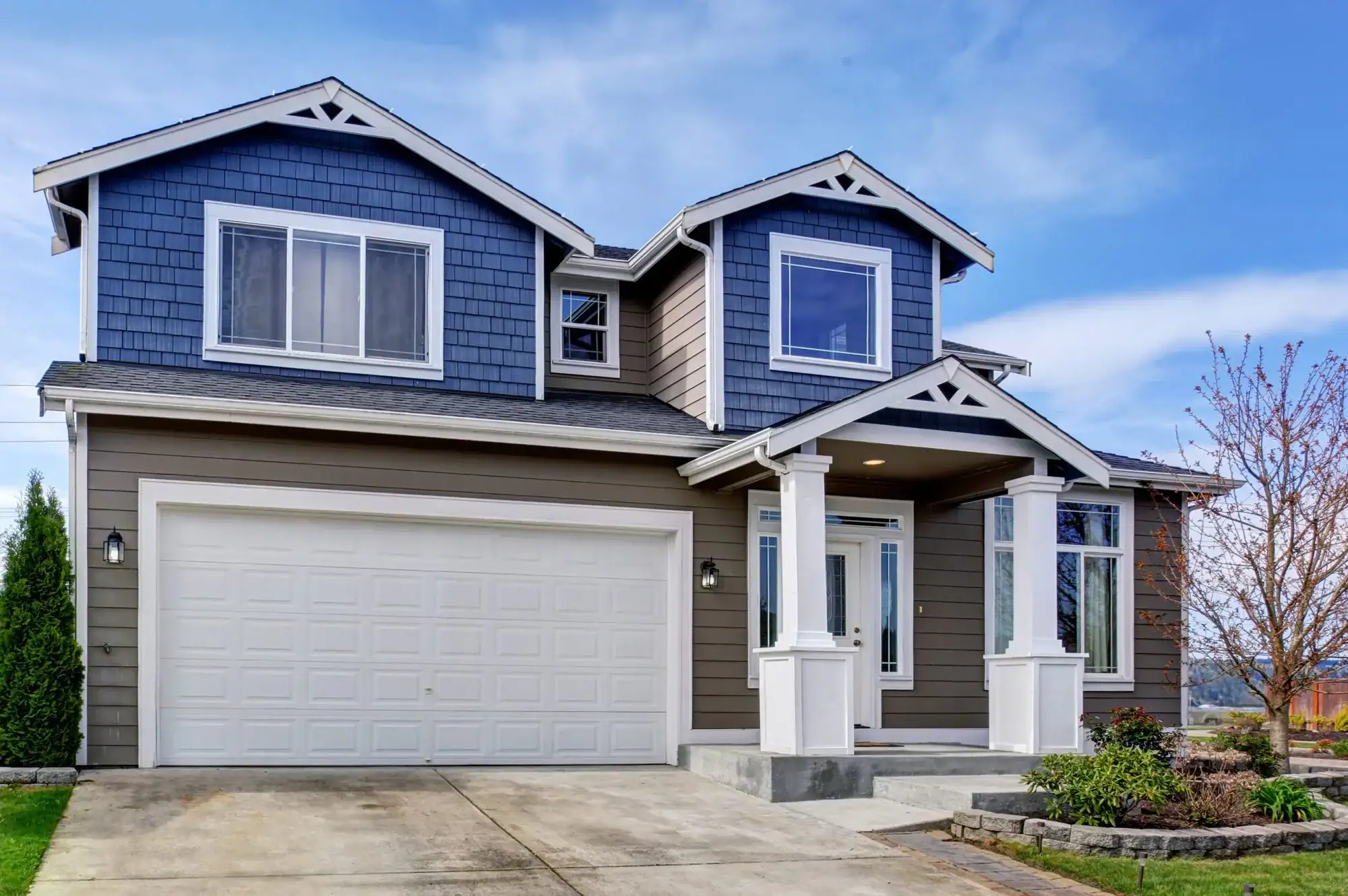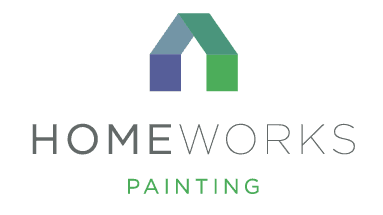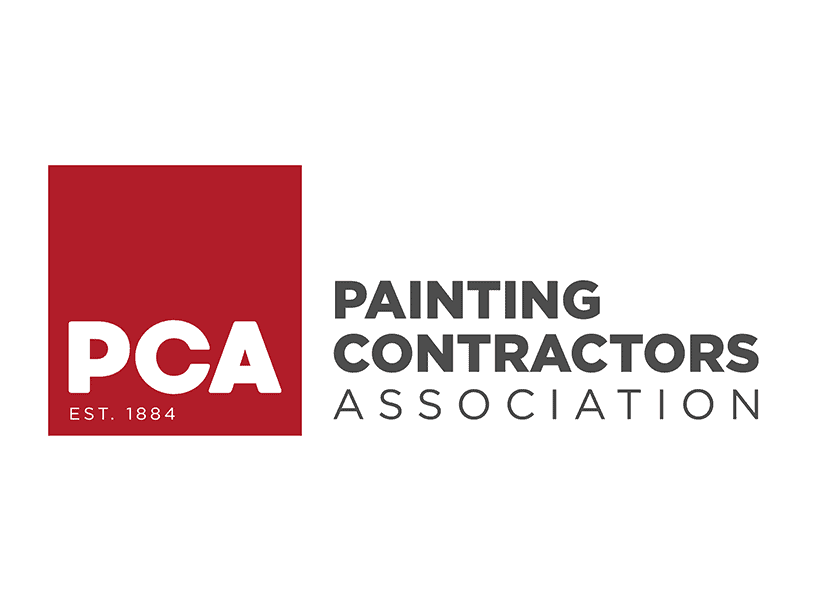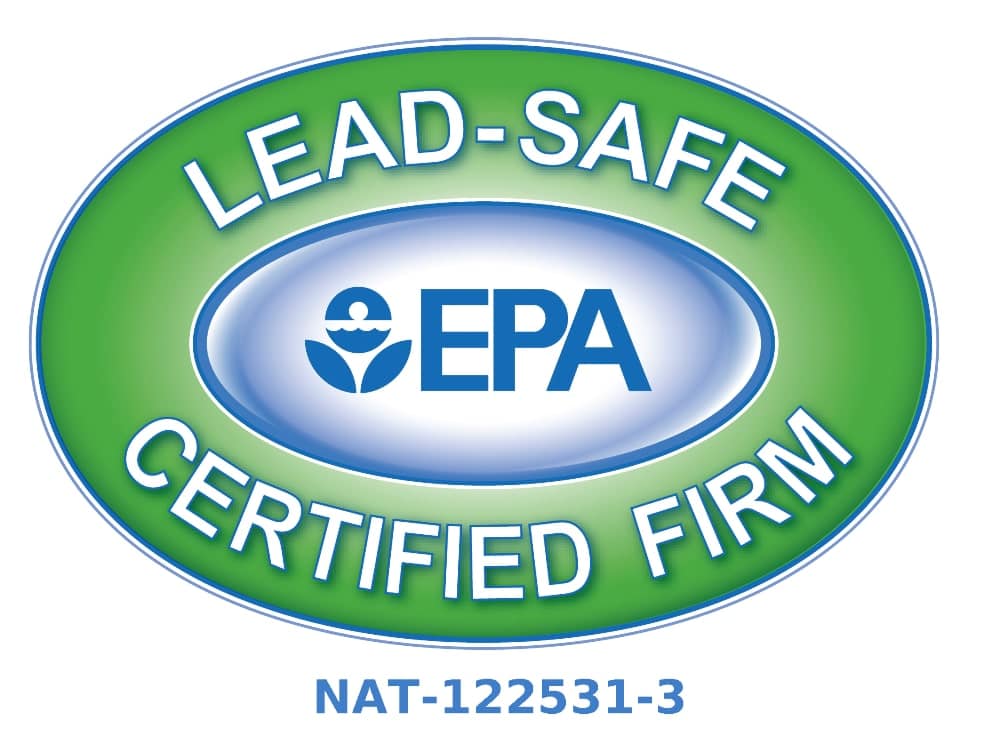
11 Nov FAQ: Working with House Painters in Herndon, VA—Timing, Prep, Costs
Thinking about an interior or exterior repaint and want straight answers first? You’re in the right place. Below is an easy-to-skim FAQ drawn from what homeowners in Herndon ask most—covering timelines, surface prep, pricing, warranties, and how to make project days simple for your family.
If you prefer to talk it through, our team of House Painters in Herndon, VA can walk through your home, answer questions, and provide a no-pressure proposal.
Quick answers (at a glance)
- Typical start times: Estimates within days; scheduling windows vary by season.
- Interior timelines: A standard room often wraps in 1–2 days; whole-home projects scale accordingly.
- Exterior timelines: Usually 3–7 days, depending on size, prep needs, and weather.
- Prep matters most: Caulking, sanding, priming, and masking drive the finish quality.
- Costs: Determined by size, condition, paint selection, and complexity—not just square footage.
- Warranty & care: Expect clear coverage terms and practical advice for touch-ups and maintenance.
How far in advance should I book House Painters in Herndon, VA?
Prime spring and early summer fill fastest, but there are openings year-round. For target dates tied to holidays, moves, or listing your home, plan 2–6 weeks ahead. If your project is flexible, you can often snag sooner slots, especially mid-week or between larger jobs.
Pro tip: Ask about waitlist options—cancellations happen, and sliding into an earlier window can save time without cutting corners.
What does a typical estimate include?
A reliable estimate should outline:
- Scope (rooms, ceilings, trim, doors, built-ins, or exterior elements)
- Prep work (drywall repairs, caulking, sanding, priming)
- Coat count and spec’d products.
- Timeline with staging and cleanup expectations
- Price with clear inclusions/exclusions
- Warranty terms and payment schedule
During the walkthrough, expect measurements, a quick condition check, and a clarifying Q&A about colors, sheens, and your ideal start date. You’ll also review access, pets, and parking logistics so day one goes smoothly.
How are interior projects sequenced?
The typical order keeps edges crisp and your home livable:
- Protect & prep: Floors covered, switch plates off, furniture moved/covered, repairs made, gaps caulked, and spot-priming done.
- Ceilings first: Flat or ultra-flat finishes minimize glare and hide minor texture.
- Trim next: Doors, baseboards, casings, and crown get satin or semi-gloss for durability.
- Walls last: Eggshell or matte for style + cleanability, rolled for even coverage.
- Detail check: Touch-ups inspected under different lighting.
This sequence reduces touch-ups and shortens total time in each room.
What kind of prep should I expect before painting?
Great paint jobs start with invisible prep:
- Drywall repairs: Dents, nail pops, and seams are filled, sanded, and feathered wide so repairs vanish.
- Sanding & cleaning: Glossy trim is scuff-sanded; surfaces are dusted and wiped for adhesion.
- Caulking: Use paintable caulk for gaps along baseboards, casings, and crown molding to achieve crisp lines.
- Priming: Stain blockers on knots, watermarks, or wood bleed; bonding primers where adhesion is critical.
You’ll see the difference later—sharper lines, smoother sheen, and a finish that still looks great months down the road.
What affects the cost the most?
Three levers typically move the price:
- Condition: More repairs, caulking, and priming mean more labor.
- Complexity: Tall ceilings, stairwells, detailed trim, built-ins, and accent walls require added care.
- Coverage & color: Dramatic color shifts may need extra coats; darker or highly saturated colors often require specialty bases.
Paint selection and sheen also matter. Higher-grade products usually offer better coverage, stain resistance, and washability—leading to fewer repaints over time.
Can I live in the home during the project?
Yes. Crews stage room by room to keep common areas accessible. Expect:
- Daily cleanup: Walkways clear, tools packed, minimal dust.
- Ventilation plans: Fans and filtered air help with drying and comfort.
- Clear communication: When rooms will be usable again, and what to avoid touching overnight.
If you’re working from home, identify any quiet hours you need; the crew can shuffle loud tasks to a better time.
How do you handle furniture and valuables?
Before day one, plan to:
- Remove small items and art, and declutter surfaces.
- Unplug and move electronics if possible.
- Point out fragile pieces so extra precautions can be taken.
Crews will relocate larger items (within reason), cover them, and return the room to order after completion. If a piano or particularly heavy item is involved, let us know so we can arrange safe handling.
What about pets and kids?
We love them—safety first, though. We’ll coordinate doorways, gates, or baby/pet barriers to keep everyone safe around ladders, cords, and freshly painted surfaces. Let us know feeding or nap times so we can keep disruptions to a minimum.
Which paints and sheens work best?
Interiors:
- Ceilings: Flat or ultra-flat to reduce glare and hide small imperfections.
- Walls: Eggshell in family spaces; satin in high-traffic zones or moisture-prone rooms; matte in low-traffic spaces for a soft, modern look.
- Trim/doors: Semi-gloss (or satin for a softer look) for durability and easy cleaning.
Exteriors:
- Siding: High-quality satin/low-lustre for balanced protection and appearance.
- Trim: Satin to semi-gloss for resilience and crisp lines.
- Doors: Often semi-gloss for a subtle highlight that stands up to handling.
How long does interior painting take?
- Single rooms: Often 1–2 days, including prep and drying.
- Main-floor refresh: 2–4 days depending on size and trim detail.
- Full interiors: 1–2 weeks depending on scope, repairs, and cut-in complexity.
We’ll provide a room-by-room schedule so you can plan around sleeping spaces, office use, and kitchen access.
How long does exterior painting take?
Most Herndon homes are completed in 3–7 days, shaped by:
- Weather windows (temperature, humidity, and rain)
- Extent of wood repair or siding prep
- Height/complexity (peaks, porches, railings)
Expect power washing (when appropriate), scraping, sanding, priming bare areas, caulking, and then topcoats. Good prep is the difference between a coat that looks good today and a finish that still looks good next year.
Will the weather derail my project?
For exteriors, we track temperature, dew point, and rain forecasts. If the day isn’t right, we’ll adjust the schedule so the paint cures properly. Interiors can proceed in most weather, with ventilation and humidity control helping drying times.
Do you help with color choices?
Absolutely. We can talk about undertones, lighting, and neighboring finishes so your palette fits your home and your furnishings. For faster decisions, we’ll sample your top picks on the actual surfaces—ceiling, wall, and trim—so you see how light changes them throughout the day.
What’s included in the cleanup?
Daily:
- Floors uncovered
- Trash removed
- Tools stacked neatly
- Rooms swept and wiped where necessary.
Final:
- Nail plates back on, hardware reinstalled, and touch-ups done.e
- Labelled leftover paint for future maintenance
- A quick walkthrough to answer questions and note any last details
Is there a warranty?
Yes—your written agreement will state what’s covered (usually workmanship and certain paint failures) and for how long. Normal wear, impact damage, or moisture intrusion from unrelated issues typically aren’t covered. We’ll explain how to maintain surfaces to keep them looking new.
What should I do before the crew arrives?
- Choose colors and sheens and share them in writing.
- Clear countertops, mantels, and open shelves
- Secure pets and plan crew access.
- Confirm parking and any neighborhood guidelines.
If you need help moving large items, say the word—we’ll plan for it.
How are payments handled?
Most projects follow a simple schedule: deposit, progress or milestone, and final payment after the walkthrough. You’ll receive the schedule in writing with your proposal.
Can I add small carpentry items?
Yes. Minor wood-rot repairs, trim replacement, or adding crown/board-and-batten are common before painting. Bundling these items saves time and ensures fresh paint lands on sound, well-prepped surfaces.
What if I only want a few rooms done now?
No problem. We’ll stage the project to minimize disruption, align sheens and whites for future phases, and note color formulas so later additions match perfectly. This phased approach is budget-friendly while still moving your home toward a consistent finish.
How do I compare estimates fairly?
- Check that scopes match (are ceilings/trim included? how many coats?)
- Look for prep details (repairs, caulking, priming)
- Confirm products and sheens by name.
- Ask about the timeline, warranty, and cleanup standards.
- Weigh communication and responsiveness—great results require a team that listens.
Red flags to watch for
- Vague scopes like “paint interior” with no prep or coat count
- No mention of priming where stains or raw wood are present
- Unrealistic timelines that ignore drying or weather
- Unclear warranty terms or no walkthrough offered
Seasonal timing in Herndon—what’s ideal?
- Spring–early summer: High demand; great for exteriors as temps stabilize.
- Mid–late summer: Still strong weather windows; plan around heat.
- Fall: Excellent for exteriors; interiors begin to trend up.
- Winter: Perfect for interiors—steady schedules and quick turnarounds.
Whenever you’re ready, our House Painters in Herndon, VA can coordinate dates that work for you.
What’s the typical paint/labor breakdown in costs?
While each project is unique, labor is the larger share, reflecting the skill required for prep and application. Materials (paint, primer, caulk, plastic, tape, sandpaper) scale with the chosen products and size. A good proposal clarifies both, so you see where your dollars go.
Can you work around my work-from-home schedule?
Yes. We can set quiet windows for calls, schedule louder sanding for other times, and stage rooms so you always have a functional workspace. Clear expectations up front keep days predictable and calm.
Do you offer low-odor/low-VOC options?
Yes. Many modern interior lines are low-odor and low-VOC, making same-day occupancy more comfortable. Tell us your sensitivity level and we’ll specify the right products.
Do you handle permits or HOA coordination?
Interiors rarely need permits. For exteriors, certain HOA guidelines may apply (colors, sheen, surfaces visible from the street). We’re happy to provide samples and basic documentation you might need for approval.
What happens if I need changes mid-project?
Scope adjustments are normal—maybe you add a room, or decide the ceiling needs a tint. We’ll document the change, price it transparently, and revise the timeline if needed. No surprises; just clear communication.
Key benefits of hiring local House Painters in Herndon, VA
| Benefit | Why it matters |
| Local scheduling | Faster site visits and flexible start dates when openings appear |
| Prep expertise | Better repairs, caulking, and priming mean finishes hold up |
| Right products | Paints selected for our Herndon climate and your room use |
| Clean workflow | Daily resets keep your home usable and dust under control |
| Color guidance | Undertones and light checked in your actual rooms |
| Warranty clarity | Written coverage and real people to call if questions come up |
Sample interior timeline (for a 3-room refresh)
- Day 1: Protect, repair drywall, caulk, spot-prime; ceiling coats start
- Day 2: Finish ceilings; trim—sand, prime if needed, first coat
- Day 3: Trim second coat; walls—first coat
- Day 4: Walls’ second coat; detail touch-ups, hardware back on, cleanup, walkthrough
Actual timing varies by room size, height, and complexity, but this gives you a clear picture of the flow.
Maintenance after the project
- Dust trim monthly with a microfiber cloth.
- Spot clean walls with mild soap and water (test in a low spot first)
- Keep a labeled quart of each color for future touch-ups.
- Check caulk joints annually and refresh where gaps appear.
These small habits protect your investment and keep everything looking sharp.
Ready to plan your project?
If you’re looking for House Painters in Herndon, VA who can guide colors, prep carefully, and keep your home running smoothly during the work, let’s talk. Schedule a visit with our team at Home Works Painting and get a clear, detailed proposal that fits your timeline.
Five extra FAQs
1) Do you paint ceilings and trim even if I’m only changing wall colors?
It’s optional, but refreshing the trim and ceilings together makes the whole room feel new. Older whites can look dingy next to a fresh wall.
2) What if my walls are in rough shape?
We’ll map out repairs—skim patches, sanding, priming—so texture looks even. Severe issues may add a day, but pay off in the end.
3) Will semi-gloss on trim look too shiny?
Not if balanced with eggshell or matte walls. That subtle sheen step is what gives rooms dimension and makes cleaning easier.
4) Can you match my existing color?
Yes. With a sample from a painted area or leftover can, we can dial in a near-identical match. We’ll do a test spot to confirm.
5) How soon can I put a room back together?
Often the next day. We’ll confirm drying times onsite and let you know when it’s safe to hang art, reinstall hardware, and push furniture back.
When you’re ready, we will schedule your date, finalize the colors, and make your home look its best.

Mike Katounas is the owner of Home Works Painting, a painting business in Northern Virginia. He has over 15 years of experience in residential interior and exterior painting, drywall installation/repair, carpentry, wallpaper removal, power washing, commercial painting, color consultation, and staining/sealing. Their service areas include Chantilly, Fairfax, Herndon, Oakton, Reston. Mike takes pride in his work, and he always follows a strict code of conduct that includes the use of quality paint, a clean workspace, and an honest, respectful approach to his customers.












Sorry, the comment form is closed at this time.